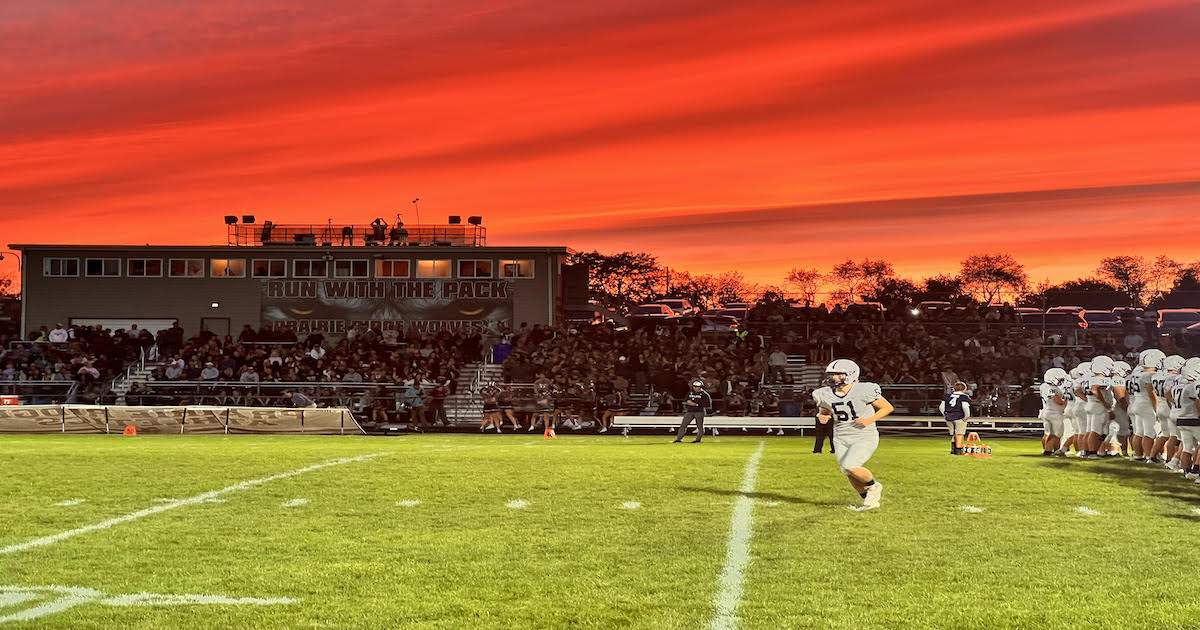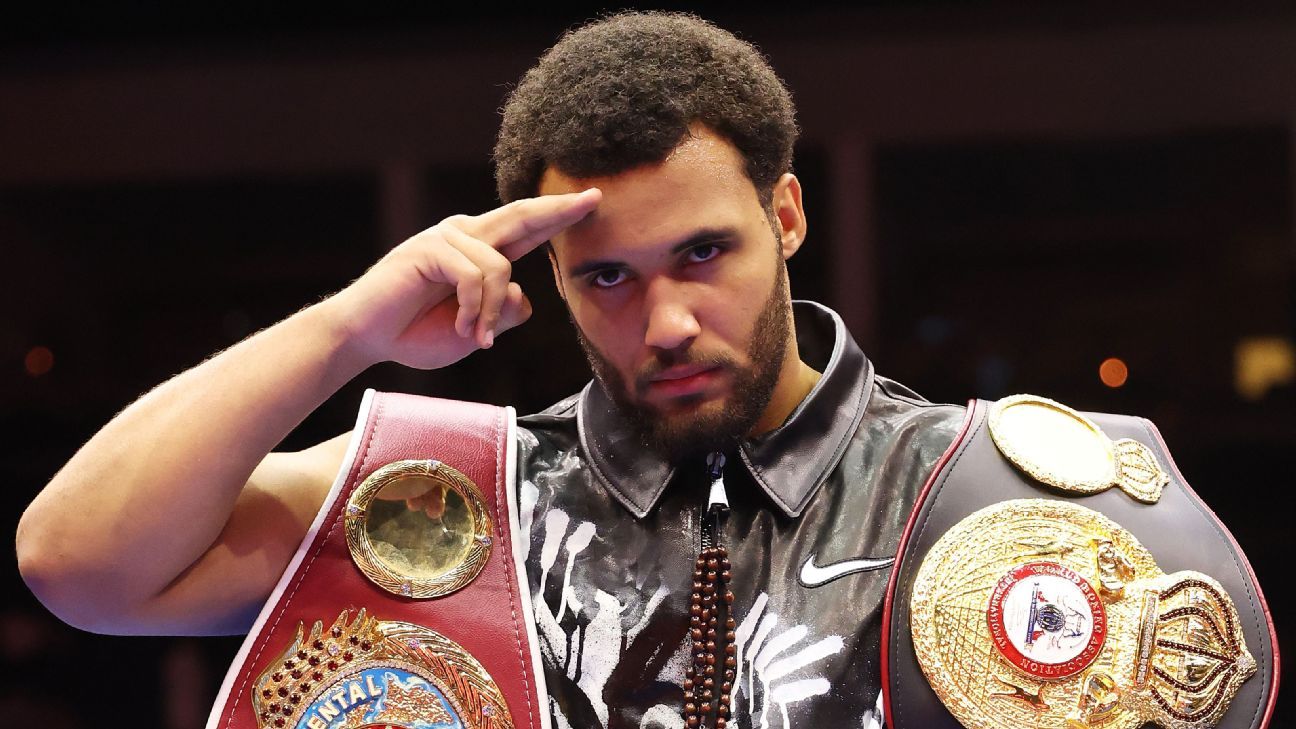The leaders of Germany, France, Britain and other supporters of Ukraine have come together in exceptional ways to help sway the U.S. president.

Aug. 19, 2025, 3:29 p.m. ET
By midday Saturday in Europe, a question was bouncing between the government offices and vacation villas of the continent’s most influential leaders. The Ukrainian president was headed to the White House for a crucial meeting with President Trump. Mr. Trump was allowing him to bring backup. But who should go?
It was the sort of dilemma that once might have erupted into public disputes between Germany, France and Britain, the continent’s largest powers. This time, it didn’t.
The leaders of those countries decided they would all accompany Volodymyr Zelensky, the president of Ukraine, to Washington, for a summit with Mr. Trump about peace talks with Russia. So would the leaders of Italy, Finland, the European Union and NATO.
They flew in on separate planes. But with Mr. Trump, they spoke in one voice.
“We were well prepared and well coordinated,” Friedrich Merz, the chancellor of Germany, told reporters after he and his counterparts met Mr. Trump at the White House. “We also represented the same viewpoints. I think that really pleased the American president.”
Mr. Trump’s persistent and sometimes volatile effort to bring a diplomatic end to the war between Ukraine and Russia has forged stronger bonds among European leaders. It has strengthened the unity that emerged earlier this year amid Mr. Trump’s tariff threats and his wavering on what have been decades-long security guarantees that America has provided to Europe.
Since Mr. Trump’s election, European leaders have raced to shore up their own defenses, wary of losing American support. NATO members, led by Germany, have pledged to increase their military spending significantly, to meet a target set by Mr. Trump.
Mr. Merz, President Emmanuel Macron of France and Prime Minister Keir Starmer of Britain have signed new friendship treaties with one another and begun to build a set of shadow diplomatic institutions, including one for Ukraine, that advance European interests but do not include the United States.
Image
The last two weeks have forced them to coordinate even more closely, on the fly. After Mr. Trump made the shock announcement that he would meet President Vladimir Putin of Russia in Alaska, Mr. Merz quickly pulled together European allies for a video call with Mr. Trump.
The Europeans presented Mr. Trump with a five-point strategy for him to take into the Alaska meeting — including the insistence that only Ukraine could negotiate any land swaps with Russia, and that for serious peace talks to begin Russia must first agree to a cease-fire. Mr. Trump signed on to it.
But at the summit, he abandoned it— agreeing with Mr. Putin’s longstanding push to negotiate a peace deal while fighting continues, a position that advantages Russia, which is making gains on the battlefield.
That reversal alarmed the European officials, even as they publicly stressed a few areas where Mr. Trump had seemingly won concessions, like the need for a robust multinational security guarantee for postwar Ukraine.
After Mr. Trump called to brief Mr. Zelensky, and then the European leaders, on his way back from Alaska early Saturday, they scrambled again. They agreed on the large group to accompany Mr. Zelensky, which was formalized by a White House invitation on Saturday night, and hammered out a strategy for the meeting. Early on Monday, they huddled at the Ukrainian embassy in Washington.
Their script leaned heavily on flattery for Mr. Trump, which is by now standard practice among visiting dignitaries, and on declarations of unity with each other and with Mr. Trump.
Image
“Everybody around this table is in favor of peace,” Mr. Macron said, as television cameras rolled, near the start of a large-group meeting with the president.
The Europeans avoided big disagreements with Mr. Trump; the closest anyone came to a diplomatic row was when Mr. Merz, on camera, repeated his belief that talks between Mr. Zelensky and Mr. Putin could only happen if a cease-fire was in place. Privately, Mr. Merz pressed Mr. Trump on at least forcing a cease-fire for the duration of any actual meeting between Mr. Putin and Mr. Zelensky.
They also tugged on Mr. Trump’s heartstrings. Mr. Zelensky presented a letter from his wife to Melania Trump, the first lady, echoing Mrs. Trump’s public concerns over the fate of Ukrainian children abducted by Russian troops. Mr. Zelensky and Ursula von der Leyen, the president of the European Union, raised the topic again shortly before their meeting ended and Mr. Trump left to call Mr. Putin.
European leaders expressed confidence that the approach had helped to break whatever spell Mr. Putin appeared to have cast over Mr. Trump in Alaska, and that Mr. Trump had ended the day back in agreement with them over most points about the peace process.
Mr. Trump, in an interview with Fox News on Tuesday, sounded pleased with the Europeans who had visited him. “They want to get back to leading their countries,” he said. “They’re consumed with this far more than we are.”
He also took credit, in a way, for their united front. “A year ago, they wouldn’t have come,” he said. “They wouldn’t have even thought about it.”
Jim Tankersley is the Berlin bureau chief for The Times, leading coverage of Germany, Austria and Switzerland.
.png)
 German (DE)
German (DE)  English (US)
English (US)  Spanish (ES)
Spanish (ES)  French (FR)
French (FR)  Hindi (IN)
Hindi (IN)  Italian (IT)
Italian (IT)  Russian (RU)
Russian (RU)  1 hour ago
1
1 hour ago
1








Comments